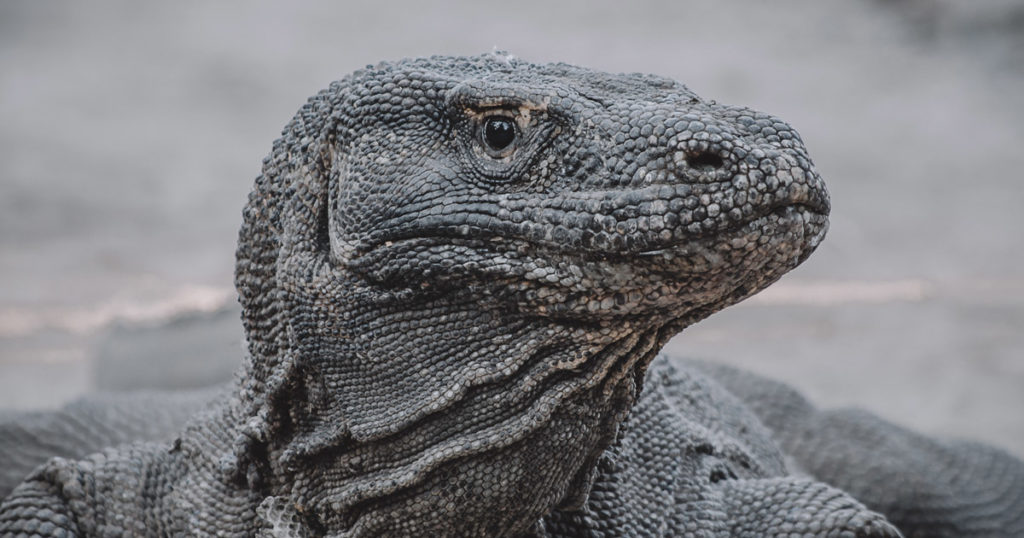Komodo Dragons are not only the largest lizard on Earth but also one of the most ferocious species with a fearsome reputation. The carnivorous beast can grow up to 10 feet long and can detect flesh from miles away. However, the Komodo Dragon’s serrated teeth, armored scales, and venom-laced saliva are still being outmatched by its biggest competitor: extinction.
The Komodo Dragon was previously named a “vulnerable” species by the conservation organization before being reclassified as “endangered.” There is hope that this change in status will encourage policymakers and conservation groups to strengthen and expand protections.

25 years ago, there were somewhere between 5,000 and 8,000 Komodo Dragons. Today, there are an estimated 1,380 adults and 2,000 juveniles in the wild. The Komodo Dragon is moving towards extinction.
Living Limitations
One of the main reasons why Komodo Dragons are at risk for extinction is because of the limitations of where they can live. The species is native to Indonesia and lives in a narrow set of the country’s habitats. Many live in Komodo National Park: A UNESCO world heritage site consisting of three major islands and numerous smaller ones. Experts consider this population, at the moment, to be stable and protected. However, the threat to long-term survival persists, especially with urbanization and agricultural clearing right outside of the dragon’s park safe haven.
The Komodo Dragon population in Flores, a neighboring island, is more poorly understood. Flores residents consider the species a threat to cattle, goats, and other livestock as well as competition for deer and boars. Those living in unprotected areas are more prone to illegal hunting and habitat clearance.
One thing that puts all Komodo Dragons at a level of risk, regardless of location, is environmental changes. The species occupy limited land between the island’s coasts and steep forested hills. Rising sea levels associated with climate change threatens habitat loss. The International Union for Conservation of Nature expects suitable Komodo dragon habitats to shrink by at least 30 percent in the next 45 years.
The Future of Komodo Dragons
Acting quickly is essential to saving critically endangered species. If the Komodo Dragon drops past this status, they will be considered extinct in the wild, surviving only in captivity. In that occurrence, the future of Komodo dragons would be very uncertain. The only reliable hope would stand on a captive breeding program and attempted transplants to deficient and imploded wild habitats.
While the Komodo Dragon is the main focus of impact, many other reptilian species are vulnerable to the same threats. Taking advantage of this last chance to save the Komodo Dragon will do a greater good in saving reptilians as a whole. Time is ticking, but it hasn’t run out just yet.
Related Posts
Riley Bell
Latest posts by Riley Bell (see all)
- Bringing Science to Life: How Art and Sustainability Shape Our New Trade Show Booth Design - March 31, 2025
- Genetic Symphonies: Building Hox of Life - December 17, 2024
- Exploring the World Through the Promega and Eppendorf Family Exchange Program - November 19, 2024
